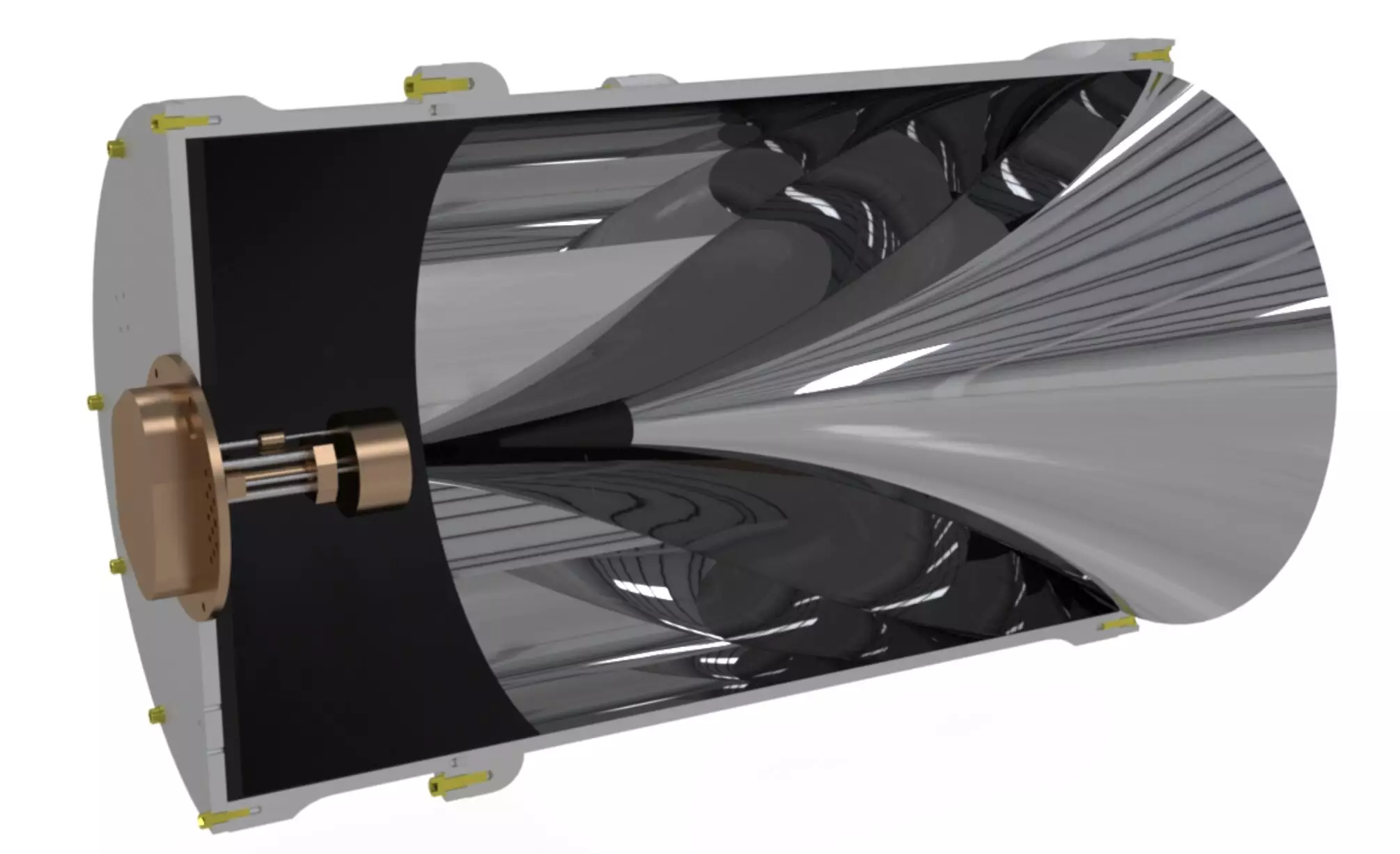Dark matter, which makes up about 80% of the universe, has long been a mystery to scientists due to its elusive nature. Conventional experimental techniques have failed to directly detect dark matter particles, leading astrophysicists to explore new and innovative methods to uncover its secrets. Recently, the Broadband Reflector Experiment for Axion Detection (BREAD) collaboration introduced a novel approach to search for light dark matter candidates, such as dark photons and axions.
Led by physicists from the University of Chicago and the Fermi Accelerator Laboratory, the BREAD Collaboration utilizes a coaxial dish antenna in their experimental setup to capture signals associated with these elusive particles. Unlike traditional detection methods targeting heavier particles, BREAD aims to detect dark photons and axions, which are theorized to be significantly lighter. By focusing on these lighter particles, the BREAD experiment pioneers a new frontier in dark matter research.
One of the key innovations introduced by the BREAD Collaboration is the use of a metallic wall to convert axion dark matter into photons, which are then detected by a custom microwave antenna. This unique setup allows for the detection of signals within the microwave regime, showcasing the advanced quantum electronics developed at Fermilab. Additionally, the collaboration plans to enhance the experiment by incorporating a magnetic field parallel to the metallic wall in future iterations to increase sensitivity.
In their initial experiment conducted between June and July 2023, the BREAD Collaboration collected data on thermal noise picked up by the antenna to search for subtle signals indicative of dark photons. While the first round of data did not yield any significant signals, the experiment demonstrated a sensitivity 10,000 times higher than previous detection methods within a specific mass range. This promising result highlights the potential of the BREAD experiment to revolutionize the field of particle astrophysics.
Looking ahead, the BREAD Collaboration aims to scale up their experiment by incorporating more powerful magnets and cutting-edge quantum technologies. By pushing the boundaries of current detection capabilities, the researchers hope to unlock the mysteries surrounding dark matter and potentially detect axion-like particles. With ongoing experiments at Argonne National Laboratory and plans for further prototype development, the BREAD Collaboration is at the forefront of dark matter detection research.
The BREAD Collaboration’s groundbreaking approach to dark matter detection offers a new perspective on the elusive particles that dominate our universe. By leveraging innovative technologies and experimental techniques, the researchers are paving the way for a deeper understanding of dark matter’s composition and properties. As the experiment progresses and evolves, the scientific community eagerly anticipates the potential breakthroughs that may arise from the BREAD Collaboration’s pioneering work in the field of particle astrophysics.



Leave a Reply